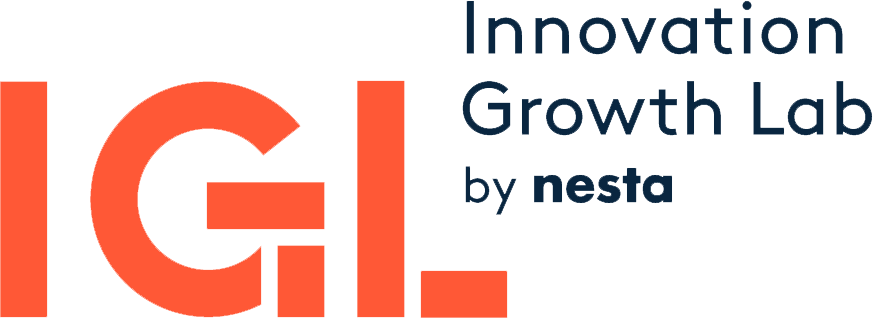This article studies technology adoption in a cluster of soccer-ball producers in Sialkot, Pakistan. We invented a new cutting technology that reduces waste of the primary raw material and gave the technology to a random subset of producers. Despite the clear net benefits for nearly all firms, after 15 months take-up remained puzzlingly low. We hypothesize that an important reason for the lack of adoption is a misalignment of incentives within firms: the key employees (cutters and printers) are typically paid piece rates, with no incentive to reduce waste, and the new technology slows them down, at least initially. Fearing reductions in their effective wage, employees resist adoption in various ways, including by misinforming owners about the value of the technology. To investigate this hypothesis, we implemented a second experiment among the firms that originally received the technology: we offered one cutter and one printer per firm a lump-sum payment, approximately a month’s earnings, conditional on demonstrating competence in using the technology in the presence of the owner. This incentive payment, small from the point of view of the firm, had a significant positive effect on adoption. The results suggest that misalignment of incentives within firms is an important barrier to technology adoption in our setting.
Organizational Barriers to Technology Adoption: Evidence from Soccer-Ball Producers in Pakistan
Policy implications
A misalignment of incentives within firms is an important barrier to technology adoption.
Reference
Atkin, D., Chaudhry, A., Chaudry, S., Khandelwal, A. (2017). 'Organizational Barriers to Technology Adoption: Evidence from Soccer-Ball Producers in Pakistan'. The Quarterly Journal of Economics.
